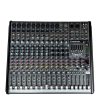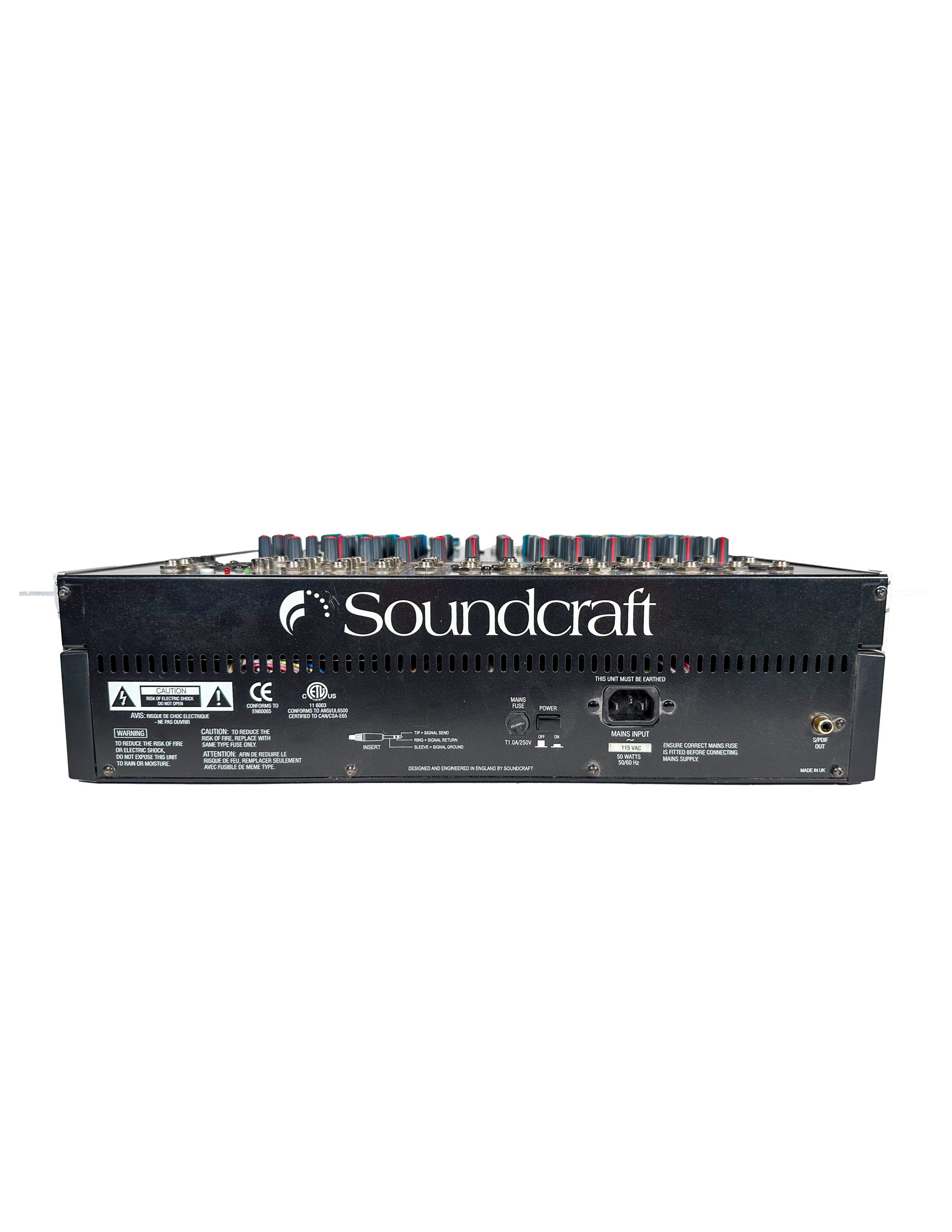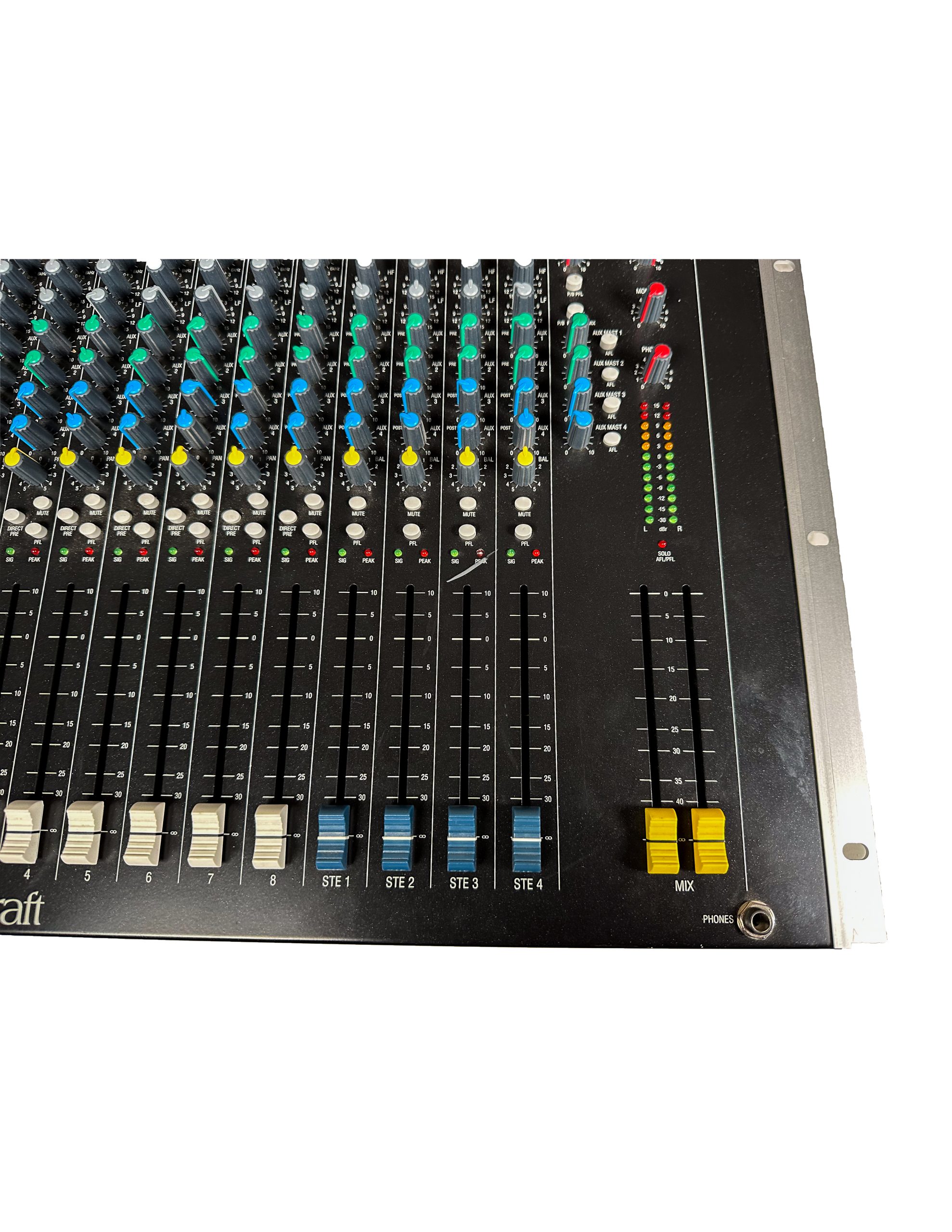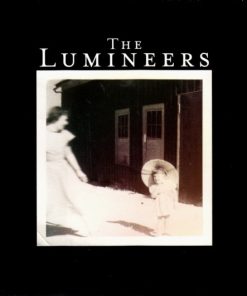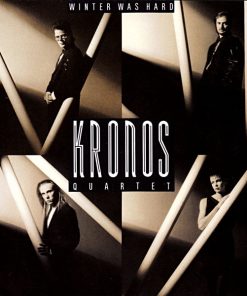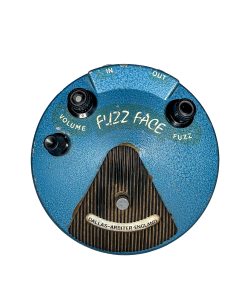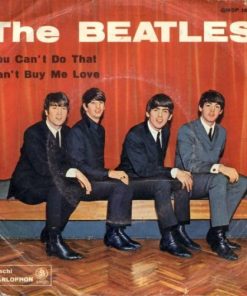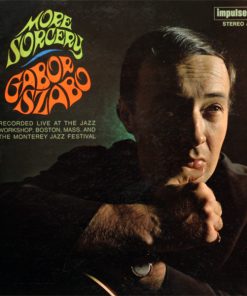Soundcraft M8 Spirit Mixer w/ Rack Rails in Near Mint condition
$229.00
Out of stock
We are Eclectic Sounds / aka: eclsounds – a store front in Portland, Or. We are open 7 days a week from 11 – 5 PST (by appointment)
Soundcraft’s new Spirit M‑series mixers combine analogue simplicity with a useful digital output.
Soundcraft have always had the knack of making their Spirit mixers look attractive as well as sound good. The new M series builds on that trend with curvaceous side and arm‑rest trim, combined with a bold colour scheme and a black front panel — the sides and arm rest can be removed for rackmounting. The series comprises M4, M8 and M12 consoles, and the only functional difference between them is the number of mono channels each offers (four, eight and 12 respectively) — all other features and specifications are common to all three.
I had the M8 for review and, of course, there is more to it than mere looks — this is the first low‑cost analogue mixer I’ve come across that’s fitted with a digital output. This may seem like an odd feature to include on an analogue desk, but I’ve heard so many stories about analogue gear struggling to produce the hot levels demanded by some soundcards and audio interfaces that having all this taken care of inside the mixer (and calibrated to the mixer’s own meters) makes a lot of sense. The digital output format is S/PDIF with a fixed 44.1kHz sample rate and a resolution of 24 bits. There’s no facility for external clocking, so the M8 either has to be the master or needs to be fed into a digital input that features sample‑rate conversion facilities. Digital full scale corresponds to an analogue output level of +12dBu.
In most other respects, the Spirit M8 is a very straightforward stereo mixer with eight mono mic/line channels, each fitted with a direct output, plus four further stereo channels and four stereo returns. Everything mixes directly down to a stereo buss, including the four stereo aux returns. Power comes from the mains via a rear‑panel IEC socket and power switch, rather than an external PSU, and all the audio connections are on the top panel, other than the S/PDIF RCA phono output, which is on the rear panel.
Channel Strip
At the top of the eight mono channel strips are connectors for Direct Out (unbalanced quarter‑inch jack), Mic (balanced XLR), Line (balanced TRS quarter‑inch jack) and Insert (unbalanced TSR jack wired tip send, ring return). Usefully, the Direct Output may be switched pre‑ or post‑fader using a switch above the channel fader, and the Insert point is fed pre‑EQ.
A common Gain control services whichever input is being used, with up to 60dB of mic gain available, but there is no Mic/Line switch, so it is necessary to unplug the Line input when using a mic, as the Line input jack takes precedence. A 100Hz, 18dB/octave high‑pass filter can be switched in to remove unwanted low frequencies, after which comes a three‑band equaliser with high (12kHz) and low (60Hz) shelving sections plus a sweep mid‑range that can be tuned from 240Hz to 6kHz. All three bands have a ±15dB gain range and the cut/boost switches are centre detented. There’s no EQ bypass button.
Many low‑cost mixers have more auxiliary busses than physical Aux controls, but not in this case. The Spirit M8 has four Aux sends, where the first two are always pre‑fade, for foldback/monitor use, and the last two are post‑fade, for use as effects sends. Personally, I feel it may have been a mistake not to make the first two sends pre/post switchable for use as additional effects sends at mixdown, but then mixer design is always a compromise between features and price. The Pan control operates conventionally, and directly below it are buttons for Mute, Direct Pre and PFL. The Direct Outs are not affected by the Mute button.
PFL is a latching button for activating the pre‑fade listen facility, but as there’s no pre‑fade master level control in the master section, you might find it louder than you expect unless you work with your channel faders up near the top of their travel. When PFL is active, a Solo AFL/PFL LED comes on above the master faders, but there are no individual PFL status LEDs in the channel strips. The two LEDs (green and red) above the faders simply serve as signal present (‑20dB) and Peak (+18dB) indicators, but, unlike simpler systems, the peak LED monitors both the pre‑ and post‑EQ signal levels as well as the post‑fade level, and warns if any of these stray into the danger zone.
The remaining eight stereo channels are simplified versions of the mono channels, with two balanced line inputs, no mic input, no insert points and no direct output. There’s also no mid‑band EQ or low‑cut switch and, to save space, the auxiliary Return controls are integrated into the stereo channels, as are the auxiliary send and return connectors. The sends are on quarter‑inch jacks (balanced), but the returns are on RCA phonos to conserve panel space. Each stereo return has a Gain control and a Peak warning LED. Both the stereo and mono channels have long‑throw, 100mm faders with colour‑coded caps.
The master section includes a global 48V Phantom Power switch, balanced Mix outputs on XLRs, Monitor outputs on unbalanced jacks and Mix Inserts on TRS jacks. There’s also a mono summed output and a pair of phonos for two‑track playback. The two‑track input is normally fed only to the Monitor and Phones outputs, but a switch enables it to be used to replace the main stereo mix for normal studio playback applications. Playback has its own Level control plus a PFL switch and, unusually, there’s also a master level control, with a Mute button, that governs the overall level from all the auxiliary returns. This is in addition to the four individual Return level controls. All four auxiliary sends also have Aux Master controls and AFL switches, which just leaves the master level controls for the Mono Sum, Monitor and Phones outputs. In live applications, the mono out might be used to feed a centre speaker cluster.
A pair of 12‑stage LED meters monitor the output level (or the PFL/AFL level when a PFL/AFL switch is active) and two long‑throw faders control the overall stereo mix level. The Phones output jack is conveniently placed below the master faders, where it is still easily accessible if the mixer is rackmounted.
Usability
There’s no denying that the M8 is very clearly set out and extremely easy to use, though I have a few minor criticisms, aimed mainly at its facilities rather than its sound quality. First is the lack of an EQ bypass switch, and the sweep mid‑band could usefully go down to 150Hz or so, rather than stopping at 240Hz, as that would allow it to tackle those trouble spots that so often occur on the boundary between the bass and mid‑range. Similarly, the lack of a pre/post switch on the first two Aux sends could be a limitation in studio mixing situations.
Those quibbles aside, the M8 maintains the Spirit reputation for quality and cleanliness, even though its frequency response is only specified up to 20kHz when many of its competitors feel the need to remain flat up to 40kHz or beyond. Subjectively, the EQ section sounds particularly nice, despite the restrictions of a single sweep mid‑band, and you can pile on quite a lot of cut or boost before you get into trouble. I feel the high and low EQ frequencies have been well chosen, with the HF control able to add air and sizzle without undue harshness. However, the input Gain control has a very odd control law, with the last 25dB or so of gain coming in over the last 10 percent of the control’s rotation. It’s not exactly a problem, but it does mean you have to be quite careful when making small adjustments at high gain settings. The designers are aware of this issue and may well fit a different pot to later models to even things out a bit.
 The only rear‑panel connections are those for the IEC mains and for the unit’s S/PDIF digital output.Little is said about the S/PDIF output in the manual, though it seems to work perfectly well, and there is absolutely nothing the user needs to set or adjust other than the analogue output level of the mixer. I plugged it into my Drawmer DC2476, which has the benefit of large, clear meters, and this confirmed that digital full scale is reached at around the same time as the red LEDs at the top of the M8’s meters come on. This corresponds to the way analogue mixers are conventionally used, with signal peaks being pushed to around +6 or +10dB, and no digital clipping occurs until the signal level exceeds +12dB.
The only rear‑panel connections are those for the IEC mains and for the unit’s S/PDIF digital output.Little is said about the S/PDIF output in the manual, though it seems to work perfectly well, and there is absolutely nothing the user needs to set or adjust other than the analogue output level of the mixer. I plugged it into my Drawmer DC2476, which has the benefit of large, clear meters, and this confirmed that digital full scale is reached at around the same time as the red LEDs at the top of the M8’s meters come on. This corresponds to the way analogue mixers are conventionally used, with signal peaks being pushed to around +6 or +10dB, and no digital clipping occurs until the signal level exceeds +12dB.
Is It Any Good?
The M8 is capable of very high‑quality results. Its strong points are its good overall sound quality, its clear styling and its sweet‑sounding EQ, while the Direct Outs make it useful for small‑scale multitrack recording. Having an S/PDIF output simplifies connection to computer soundcards and other digital equipment, though a word clock input would have provided for better integration into more complex systems.
Other than the minor criticisms already made, which pertain more to omitted features than to performance, the M‑series mixers are solid, good‑sounding little workhorses that will find applications in a number of live‑sound and recording applications. The UK mixer market is no easy ride at the moment, as there’s so much strong competition, but I think the M‑series is strong enough to defend itself.
Pros
- Good build quality and cosmetic design.
- Clear layout.
- Good sound quality with nice‑sounding EQ.
- Useful digital out plus direct analogue outs on the mono channels.
Cons
- Some useful features have had to be omitted to meet the price point, specifically EQ bypass and pre/post switching on Aux 1 and Aux 2.
- No word clock input.
Summary
The Spirit M‑series mixers are simple yet versatile, and have the benefit of a 44.1kHz S/PDIF digital output. Though some features have been omitted to keep the price down, the sound quality and usability are good.
M8 – 8 mono inputs, 4 stereo inputs, 4 stereo returns
Applications
- Live sound reproduction
- Home studio recording
- Keyboard, samplers, synthesisers and electronic instrument mixing
- PA mixing for bars, schools, leisure centres, places of worship, etc.
- Location mixing
- Multimedia production
- Video post production
- Multi-speaker systems
- Conference sound systems
Key Features:
- 4, 8 or 12 input versions
- S/PDIFDigital output
- 4, 8 or 12 input versions
- S/PDIFDigital output
- Low noise, low distortion and RF rejection mic preamps
- Great British EQ with HF range improvements
- Ground tracking architecture minises noise and hum
- 100mm fader throw
- Professional grade connections throughout
- IMaster gain control on all aux busses
- Switchable direct outputs
- Intelligent rackmounting system
- Direct outputs ( pre or post fade ) on all mono channels
- Signal present and peak LEDs on all input channels
- Mute and PFL on all input channels
- 4 Stereo inputs on all variants
- 4 Stereo returns & return master for FX returns.
( Due to people taking advantage of eBay / Reverb return policies; wanting to “try out and/or pilfer parts” we can no longer take returns on used gear unless it arrives damaged. Sorry for this inconvenience. We test and guarantee all gear to be 100% working unless stated otherwise )
| Weight | 304 oz |
|---|---|
| Dimensions | 22 × 22 × 7 in |
Related products
To Be Sorted

